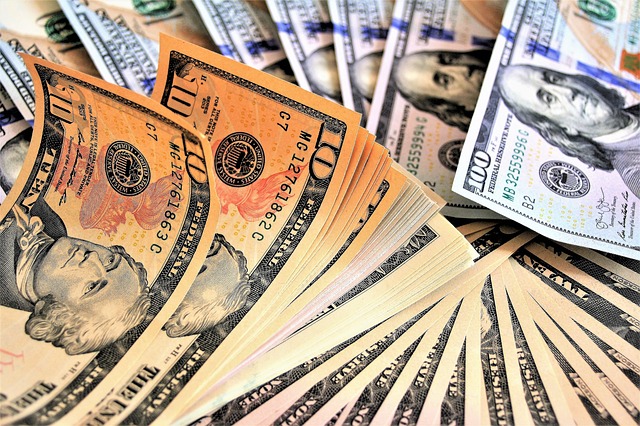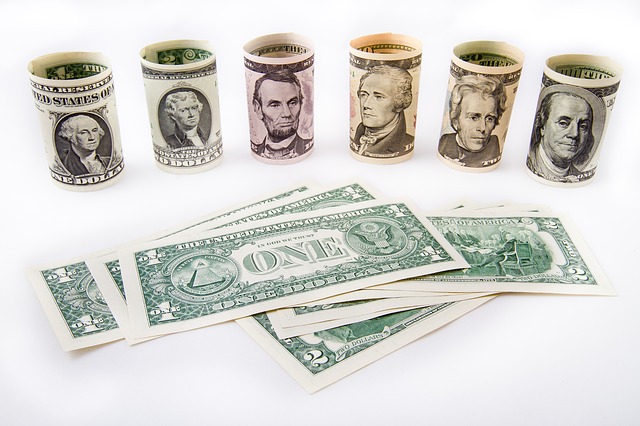
What Is APR?
You may notice a common term attached to most credit cards and loans: APR. But do you know what APR stands for and what it means to you?
APR is short for Annual Percentage Rate. Unlike a pure interest rate (which you should also pay close attention to!), APR is intended to give borrowers a sense of what overall percentage of their original principal they will repay over the life of their repayment period. APR reflects the interest rate, general fees, and monthly charges you will be responsible for. APR does not usually reflect the additional amount that you will pay as a result of compounding interest.
APR is a valuable indicator of how much you will need to repay on your borrowed funds. APR varies slightly based on the type of debt you are incurring:
Credit Card APR: This reflects the fees and interest you are expected to pay on your balance. When choosing a credit card, make sure the APR is something you will be able to afford. If possible, pursue a card with an interest rate lower than the current market rate. Some cards advertise 0 percent APR but be wary: this is often an introductory APR that expires after a year. Make sure you know what the APR will be on your card after this expiration date. Nowadays, a typical credit APR falls around 14 to 15 percent, but this is subject to change over time, so do your research to receive the latest information. The good news is, if you repay your monthly balance in full each month, you will not be subjected to this interest!
Loan APR: When purchasing a home, this reflects the mortgage-interest rate plus other fees. The APR of your mortgage will reflect how much, on top of your principal loan, you should anticipate repaying over the term of your loan. Mortgage APR often takes interest, fees such as broker and origination fees, and closing costs into account. Mortgage APR can be as low as 3 percent or as high as 30 percent! A good credit score will qualify you for your preferred low APR.
The takeaway? It is important to pay attention to your APR because it enables you to prepare for and repay your borrowed funds on your terms.
Before you open a credit card or take out a loan, make sure that you are 100 percent clear on what you will be expected to repay. Remember, it costs money to borrow money!
Have questions about other financial concepts? Visit our blog at www.syncis.com/blog to learn more.



